A while ago, I wrote our very first Farsite overview, the upcoming space MMORTS by the developers of MegaCryptoPolis, a decentralized game that paid Millions to its players and reached second place of Dapps by volume in 2020.
Before we dive into the economics of Farsite, let me give you some core facts of the game.
Farsite uses Polygon layer-2 solution on Ethereum and ZK Relay for optimized performance. This combination results to instant transactions and insanely low fees.
The fee for a Polygon transaction is 0.000043969 Matic, which roughly translates to $0.000099. Not all interactions will require to pay fees, with most probably on-chain transactions to be limited on the marketplace and NFT transfers.
In terms of gameplay, every in-game asset in Farsite, apart from short-supplied Crates, is crafted by the players using materials found or extracted from sources, with every item being location depended somewhere in the game.
To read more about the gameplay, read the Farsite overview article or watch the video below.
Pre-Order Starts May 31.
As we read in the official blog posts, Farsite is a game based on a sustainable revenue model. The developers will not conduct an ICO or sale, giving a fair chance to everyone. Still, players can get a set of items that will significantly help jumpstart their career in Farsite by participating in the pre-order, which starts May 31, 2021.
The Farsite Crates
Crates are containers with valuable game items and Credits including some limited-edition ones containing unique Blueprints that won’t go for sale again. Also, Crates can be sold on the secondary market to other players.
The available crates for the sale are:
First Edition Neptune Crate
Pricing starts from 0.05 ETH.
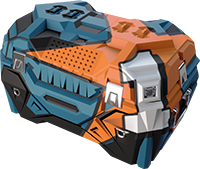
This is the perfect Starting Kit to jumpstart your career in Farsite.
The kit includes:
- Ship Hull (cNFT with Credits) – First Edition Common S or better
- Module (cNFT with Credits) – Common S or better
- Components
- Credits
Ship Hulls Credits and collaterals to be distributed:
- Morgan AC-20 (S) First Edition (250 000 Credits) – 125
- Morgan TC-25 (S) First Edition (350 000 Credits) – 75
- Morgan AC-30 (S) First Edition (1 000 000 Credits) – 60
- Morgan TC-35 (S) First Edition (500 000 Credits) – 25
- Morgan U-40 (S) First Edition (1 000 000 Credits) – 10
- Seybana AN-42 (S) First Edition (1 500 000 Credits) – 5
Only 600 First Edition Neptune Crates will ever exist.
First Edition Mars Crate
Pricing starts from 0.25 ETH
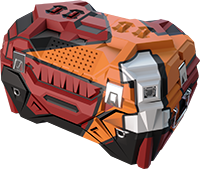
Manufacturer starter kit – a Ship Hill with matching original Blueprint, a Module and Components.
The crate includes:
- Ship Hull Blueprint — First Edition Rare S or better
- Ship Hull (cNFT with Credits) – First Edition Rare S or better
- Module (cNFT with Credits) – Rare S or better
- Components
- Credits
Ship Hulls Credits and collaterals to be distributed:
- Morgan TC-35 (S) First Edition (500 000 Credits) – 80
- Morgan U-40 (S) First Edition (1 000 000 Credits) – 50
- Seybana AN-42 (S) First Edition (1 500 000 Credits) – 30
- Seybana AN-70 (S) First Edition (2 000 000 Credits) – 20
- Morgan AF-200 (M) First Edition (5 000 000 Credits) – 10
- Morgan TF-250 (M) First Edition (5 000 000 Credits) – 10
Only 400 First Edition Mars Crates will ever exist.
Triton Crate
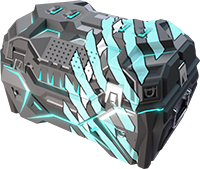
- Ship Hull (cNFT with Credits ) – Common S or better
- Module (cNFT with Credits) – Common S or better
- Components
Ship Hulls Credits and collaterals to be distributed:
- Morgan AB-20 (S) (200 000 Credits) – 50
- Morgan TB-25 (S) (300 000 Credits) – 30
- Morgan AB-30 (S) (800 000 Credits) – 20
Can be purchased only with Credits.
Phobos Crate
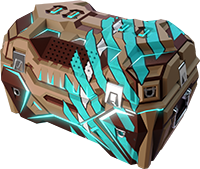
- Ship Hull Blueprint – Seybana Rare S or better
- Ship Hull (cNFT with Credits) – Seybana Rare S or better
- Module (cNFT with Credits) – Rare S or better
- Components
Ship Hulls Credits and collaterals to be distributed:
- Seybana AN-42 (S) (1 500 000 Credits) – 30
- Seybana AN-70 (S) (2 000 000 Credits) – 20
Can be purchased only with Credits
As an MMORTS, Farsite’s economy will be huge, with multiple aspects to earn from, and obviously, spend your Credits.
The cNFT standard.
Some in-game assets are ERC-721, while others are called collateral NFTs, in short, cNFT. It’s basically a non-fungible token infused with fungible tokens, confused?
Think of it as ERC-721 with ERC-20 tokens (Credits — the in-game currency) inside as collateral. Some of you might be familiar with this concept with ERC-1155 tokens.
The cNFT tokens will have various use-cases within the Farsite universe, including in-game loans to individuals and corporations.
What you should know is that ships may be disassembled voluntarily or get destroyed in a battle. Because Ship Hulls and Modules come in cNFTs, players will acquire the base value (ERC-20 credits) if demolished.
In our previous overview, we gave this example:
- A cNFT spacecraft gets destroyed in-game.
- The cNFT is burned automatically along with the modules.
- Case 1: The Player receives the collateral. (If it’s not used as a loan)
- Case 2: The Lender gets the collateral. (If used as a loan)
Speeding up the production with cNFTs.
Staking has a significant role in the Farsite economy and can help players and corporations build massive fleets using collateral.
For example, a player can use the cNFT (spaceship or something else) and use the borrowed collateral (ERC-20 credits) to mint new cNFTs and stake them again.
That way, players can build fleets, production lines, and more in no time, reaping the benefits of the game significantly faster than others.

Farsite In-Game Assets.
The players create almost all in-game items either by mining or finding materials.
Let’s have a look at the things a player can trade in Farsite.
Blueprints: Crafting recipes used to produce items. Some of them are extremely rare and can be obtained only by crates initially sold by Farsite or on the secondary market. Blueprint owners could create copies of the blueprint with a limited amount of usage and lower stats.
Ship Haulls: The primary transportation method for cargo, used for mining and fighting. Ships are cNFTs with collateral inside, players can equip modules, and they come in small, medium, and large sizes. There are three Ship manufacturers in the Farsite Universe.
- Morgan: Cheap and common ships.
- Seybana: Practical vessels for everyday use.
- Sacura: Prestigious, limited-edition Ships. The Bentleys of Farsite.
Modules: Modules make the ship. They come in three sizes (S, M, L) for different tasks. Each module is also a cNFT with collateral inside. If a ship gets destroyed, modules are destroyed as well.
Let’s see the type of modules; depending on what you want to do, the appropriate modules are necessary.
- Type I – Attack/Miner – Weapon, Laser & Power Neutralizer.
- Type II – Hauler – Cargo bay, Drone Bay, Power Battery.
- Type III – Power – Shields, Radars, Power Booster.
- Type IV – Membranes – Armor Plates, Power Recharger, Chips.
- Type V – Engines – Afterburner, Hyperjump, Maneuvers.
Modules also have grades, they might share the same model, but they may vary in stats and looks.
Components: Used to produce modules and Ships. Players create components by using resources in dedicated facility buildings.
Resources: The start of everything, Resources are needed to create components and ammunition. Moreover, they are required to explore new planets, upgrade and maintain buildings, stations, and repair ships.
Many players will choose the role of resource miners as they will always be in demand.
There are three resources types:
- Ore — Raw Resources that require to be refined.
- Minerals — extracted from Planets, Asteroids, and Comets.
- Materials — Refined Resources to be used in production.
Of course, you will need the appropriate modules to mine resources. For example, extracting Ore and Minerals from an asteroid will require particular modules, a Mining Laser for Ore and an Extractor for Minerals.
Ammunition: Required by the weapon modules, they come in five different types and are produced using materials in a dedicated facility.
The available types are:
- Artillery
- Laser
- Missile
- Rail
- Nuclear
Moreover, players trade decorative stickers in the form of NFTs.
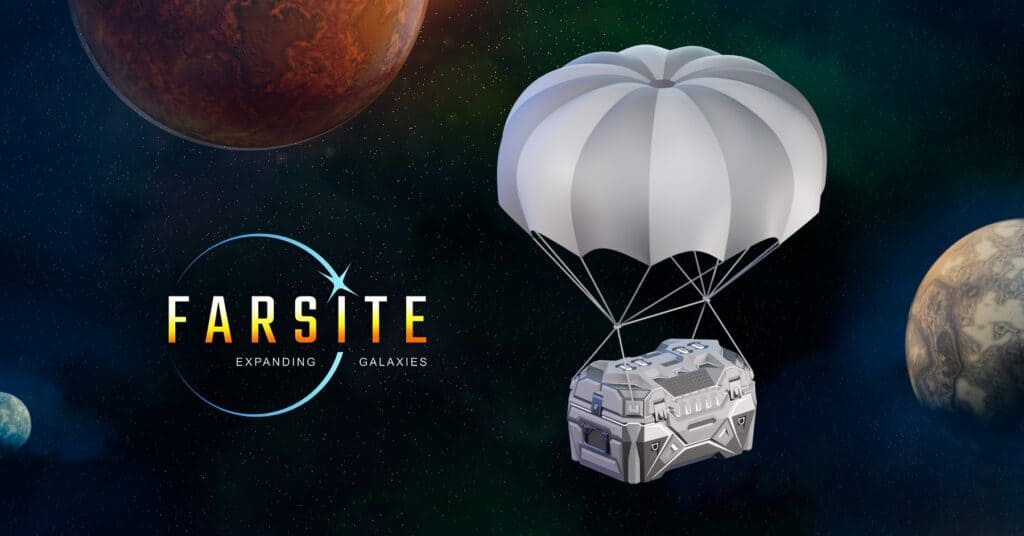
Credits: Fueling The Farsite Economy.
Two tokens empower the Farsite game. On the one side, there are Credits, the in-game currency that operates on Polygon Network for ease of use and insanely cheap transaction fees, while on the Ethereum blockchain, there is FAR Token.
Both tokens are ERC-20 but with a different supply.
1 FAR Token equals 1,000 Credits, and this will never change. Once a player decides to convert Credits to FAR Tokes, Credits get burned, and the corresponding amount of FAR Tokens is minted on Ethereum.
The total supply of FAR Tokens is 10 Million, which results in 10 billion Credits.
- 2 Million FAR Tokens are reserved for Early adopters, with 25% already available, 50% locked until Phase IV, and 25% locked until Phase V.
- 2 Million FAR Tokens are reserved for the team, 25% for airdrops, promo, and liquidity pools, while 50% is locked until Phase V and 25% to be unlocked a year after Phase V starts.
- 5 Million FAR Tokens are reserved for Centralized Exchanges Listings. All the supply is locked.
- 1 Million FAR tokens are reserved for the Global Bank Fund to facilitate loans, locked until Phase V.
While Credits are on Polygon, this doesn’t mean they can’t be traded directly for other tokens in any DEX that supports Polygon assets. Players could potentially even bridge them to Ethereum using the Matic Bridge, but that wouldn’t be required since FAR Token exists on Ethereum and the conversion has no fees, besides the GAS fees.
FAR Token price may change depending on the availability, and this will have an impact on Credits value since 1,000 Credits is 1 FAR Token.
90% of the Credit supply will be locked, the supply may increase with Crates sales, the only source of Credits, but the amount within each Crate reduces with every next development phase.
| Receive Credits | Use Credits |
| Get Credits found in Crates | Purchase Items from other players, or Credits only Crates from the store. |
| Sell an item to another player. | Purchase a Planet or a Sector. |
| Receive a share of tax from the governed body. | Explore new Planets. |
| Income from services offered. | Build a base/upgrade buildings. |
| Interest from cNFT loans. | Manage a base. |
| Release a collateral (cNFT.) | Add as collateral to a cNFT. |
| Transfer from another player. | Create a Blueprint copy. |
| Reward from airdrop campaigns. | Open a Contract. |
| Reward from the early adopter’s campaign. | Refuel and Repair a ship. |
| – | Extra storage cargo space. |
Credits Burning Mechanism.
With every significant action, a tiny amount of Credits is burned. This will decrease the total supply, making both Credits and FAR Tokens more “valuable” over time.
Let’s see some use-cases that burn Credits.
- Ship refuel (required for every FTL flight.)
- Base Power orders (required for every item production.)
- Sectors acquisition.
- Planets exploration.
- A part of taxes taken by Star governors.
Estimate Evaluation of Credits.
As the last part of our Farsite Economics overview, I’m placing a table with the approximate amount of Credits needed to perform various tasks and the prices in the game.
| Asset / Action in the game | Estimate Range of valuation in Credits |
|---|---|
| S Ship FTL Flight, close range. | 1 to 2 Credits. |
| Fully loaded M Ship FTL Flight, far range. | Up to 1,000 Credits. |
| Resources | Hundreds of Credits. |
| Components | Thousands of Credits. |
| Module | 1,000 to 500,000, depending on the size and rarity. |
| Ship Hulls | 100,000 – 10,000,000, depending on size and rarity |
| Modules Blueprints | Hundred Thousands |
| Ship Blueprints | Millions |
| Sector | Millions |
| Stations | Tens of Millions |
| Planet Exploration | Hundreds of Millions |
Farsite Career Paths.
Farsite is an MMORTS, and this opens up multiple earning possibilities. Players will have to choose a career path. I advise you to go through all the wikis of Farsite and decide what is best for you.
If you decide to be a transporter, for example, to move cargo from one planet to another, you will need some guns to protect it, so whichever path you decide to follow, you will need something extra.
- Miner: Acquire a sector or a Planet and establish a base to mine and refine resources. Sell them to local traders or Manufacturers.
- Hauler: The transporter. Move resources safely from one place to another and get rewarded with Credits. Hire Jets to protect your cargo or equip your ship with guns.
- Military: Become a Mercenary to escort Haulers and traders, or go underground and become a pirate to steal loot from other players.
- Manufacturer: Craft Modules, Ships, and Components. Rent your facilities or use them for yourself. Buy resources from other players.
- Governor: Make your own Rules and collect fees from every market deal. Hire Mercenaries and expand your Stars reach.
- Explorer: Explore the universe and hunt for rare materials, asteroids, new Planets, and much more.
- Trader: Buy cheap, sell high. Traders make profits out of the market, found an excellent opportunity? Don’t let it go away.
- Recruiter: Invite and train new players and receive a lifetime share in Credits from their actions.
- Politician: Form an alliance or a Corporation, lead the members and define your objectives with the ultimate goal of dominating the universe.
Register for Farsite and get your free bonuses.
Disclaimer: Please understand this article is not financial advice, Farsite is a game, and you should treat it as a game. After all, it’s free to play. Always do your own research (DYOR.) We use affiliate links to monetize our content.

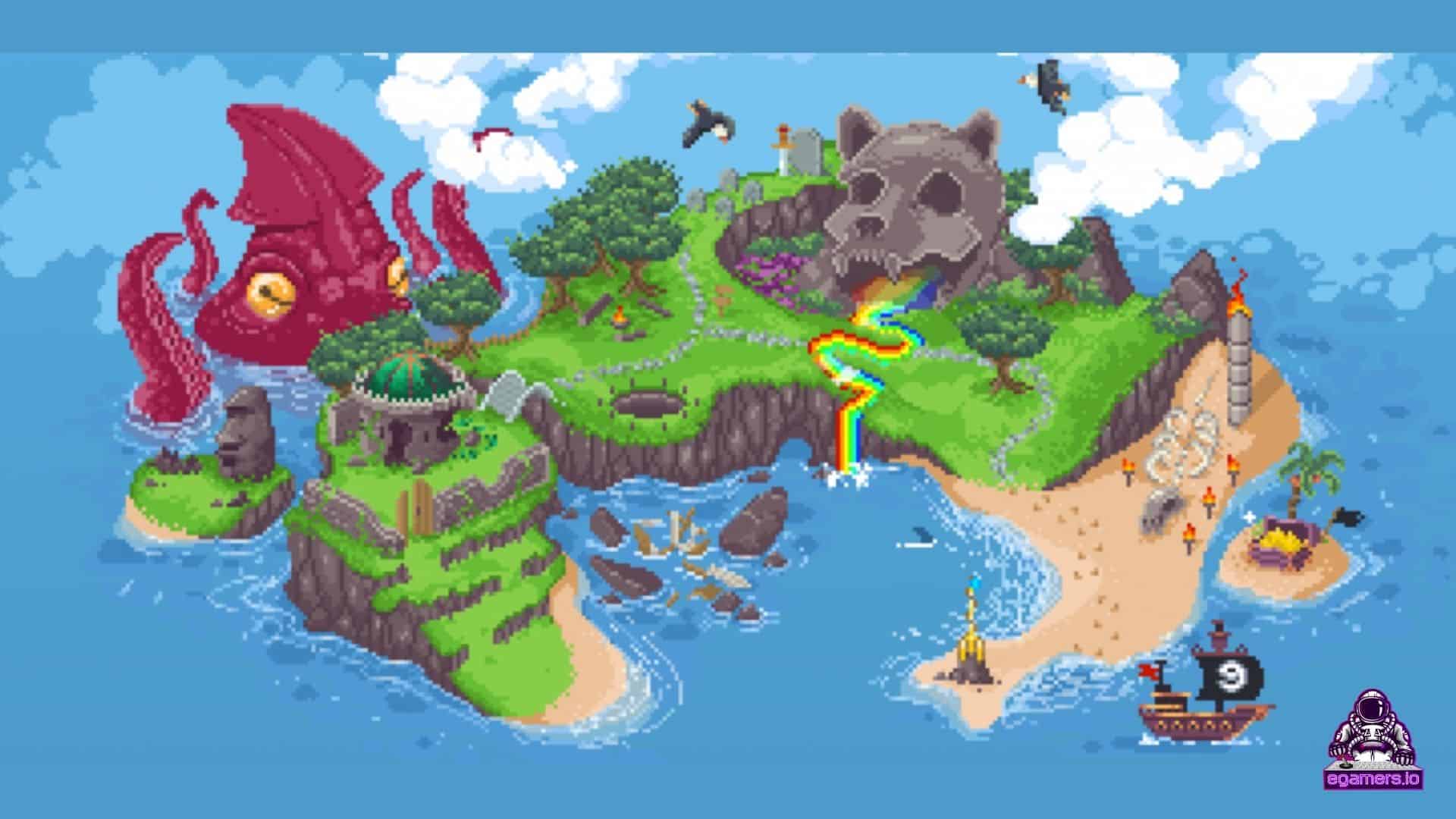

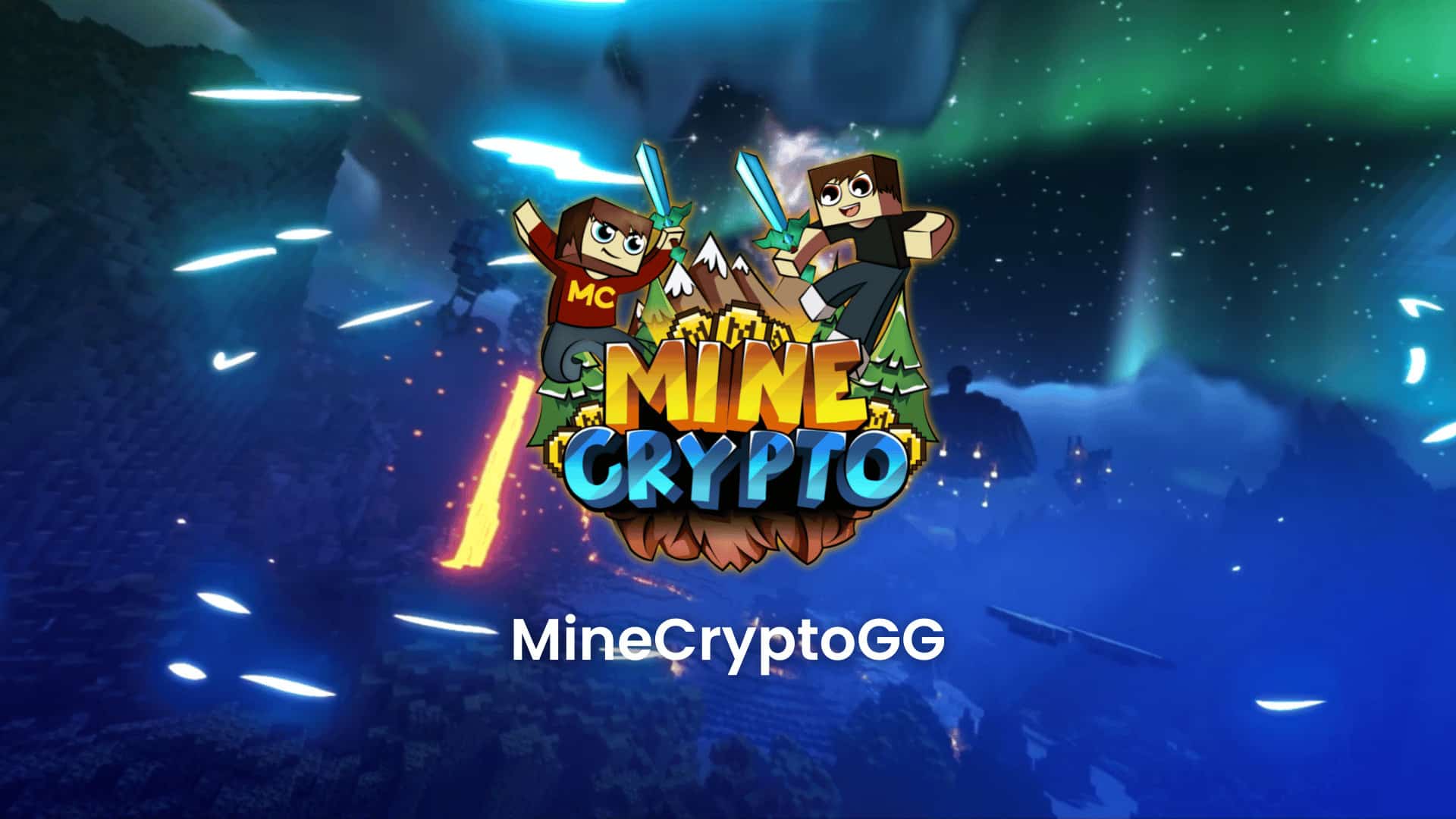
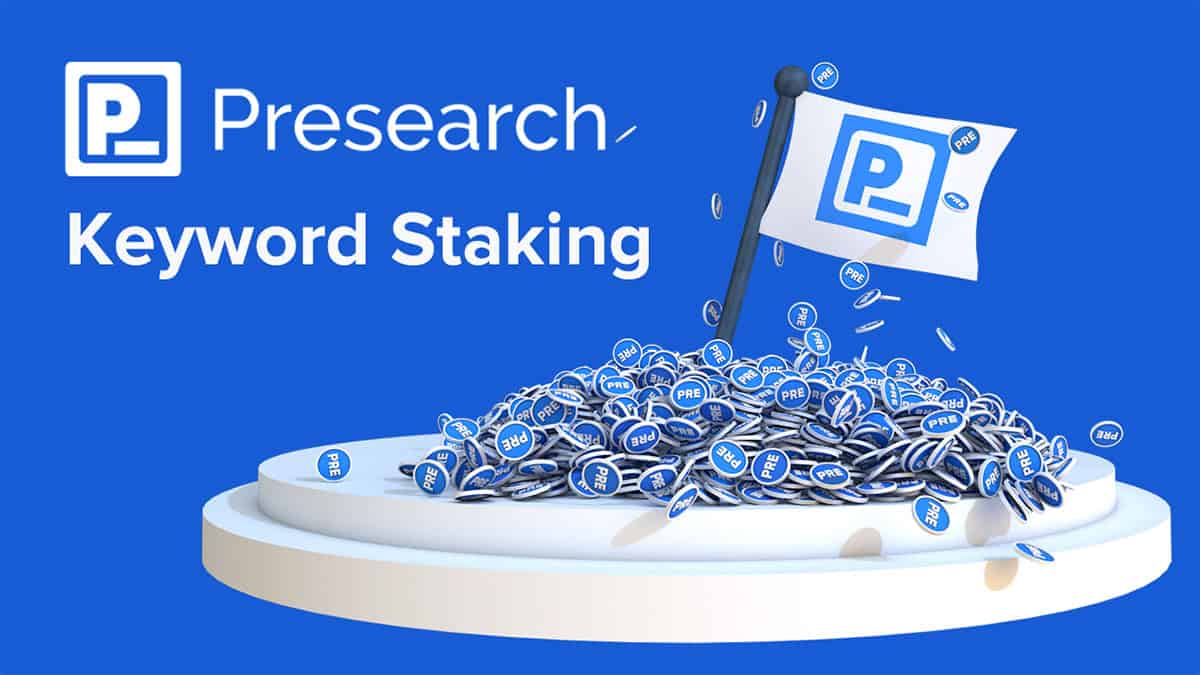



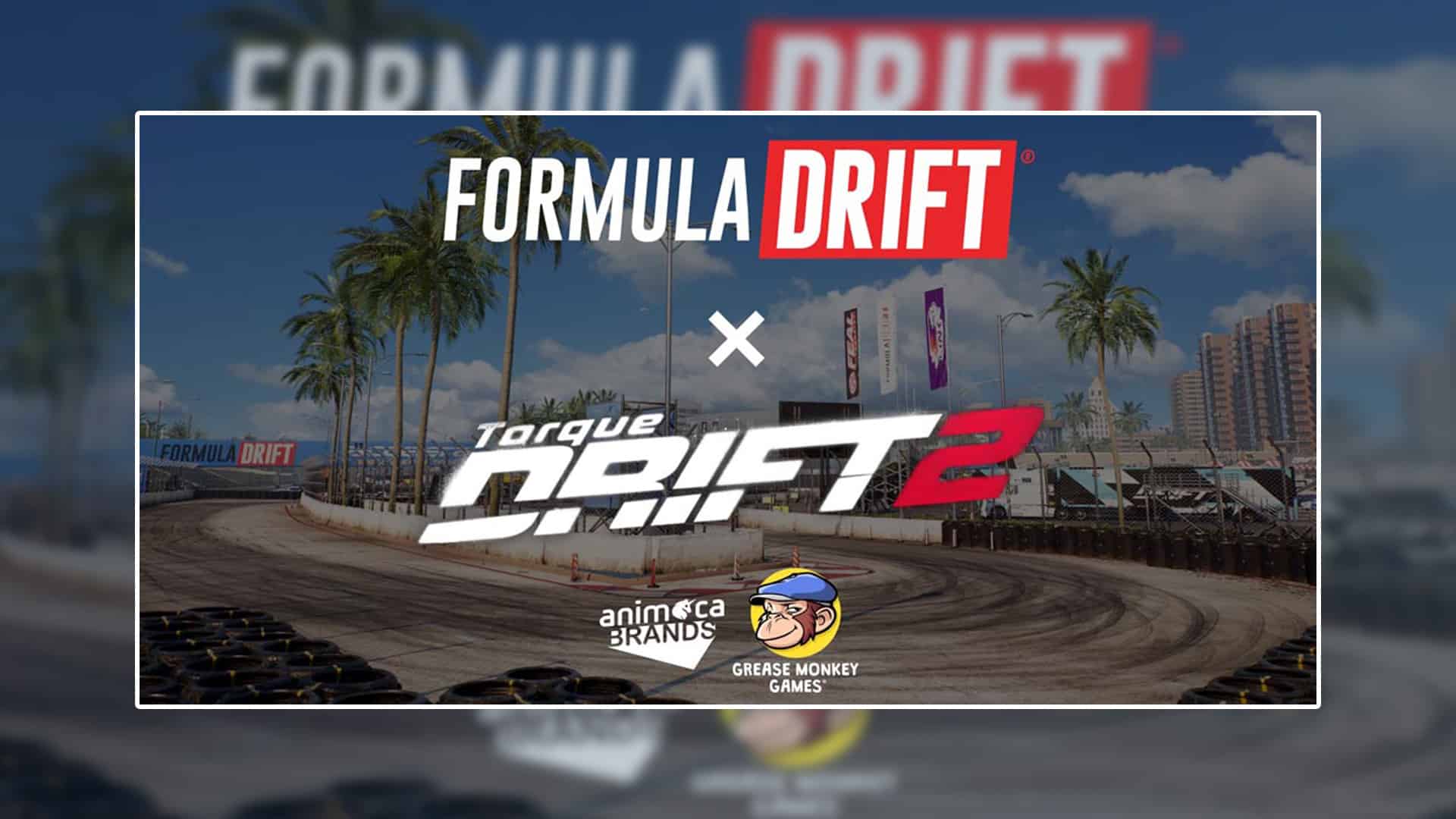


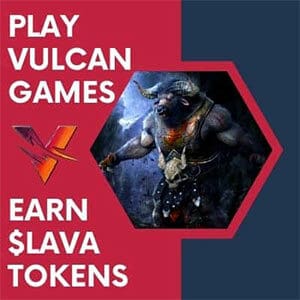





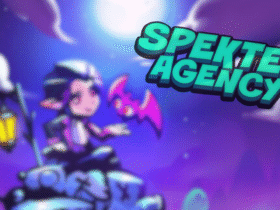
Leave a Reply
View Comments